I was able to consume an extremely and rare service using insomnia version 2021.4.1. I could not consume it with Soapui nor Postman.
I followed these easy steps. It worked at first attempt :D, just the p12 file was enough on my case.

Importing Certificates with Insomnia
I will put here the official documentation, in case the link disappears:
Insomnia supports PFX (Mac), and PEM (Windows and Linux) certificates. To import a new certificate, open the Document/Collection Settings dialog – accessible from the top-left menu – and click on the Client Certificates tab. From here, you can add new certificates and view existing ones.
Now lets walk through how to import one.
If you’re familiar with client certificates, the only field needing explanation should be the Host field.
- Host: certificate will be sent when the host (and port if specified) matches
- PFX: certificate in PFX or PKCS12 format (Only supported on Mac)
- CRT File + Key File: certificate and key pair (only supported on Windows and Linux)
- Passphrase: An optional passphrase for the certificate if required
After importing a certificate, it will show up in the main certificates list. From here, it can be enabled/disabled or deleted.
